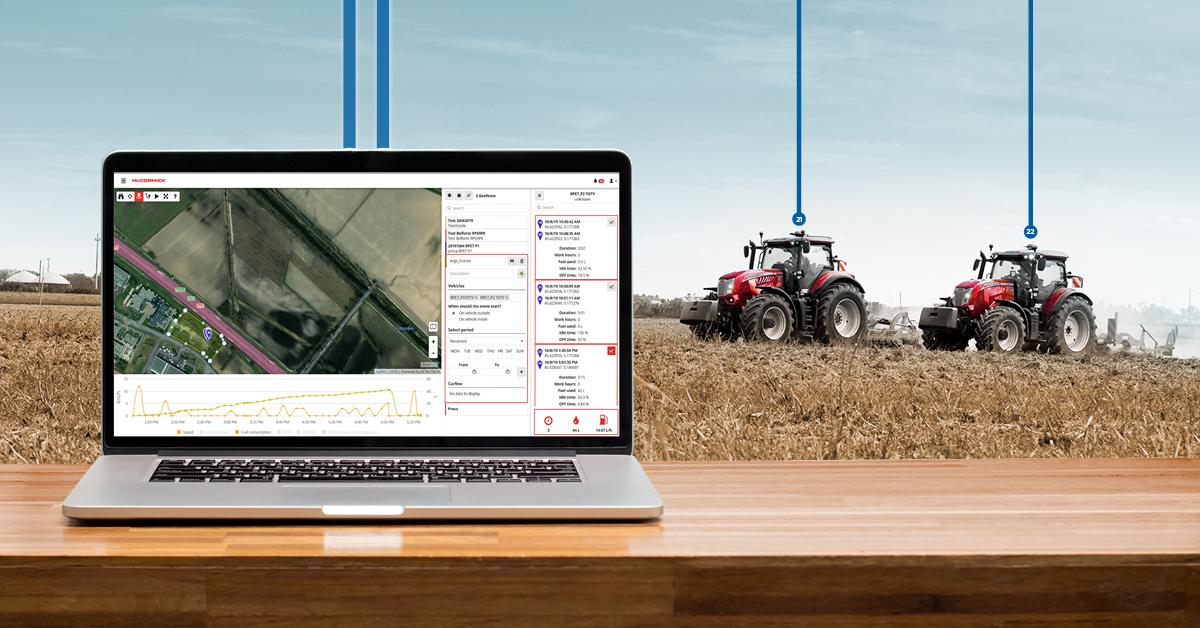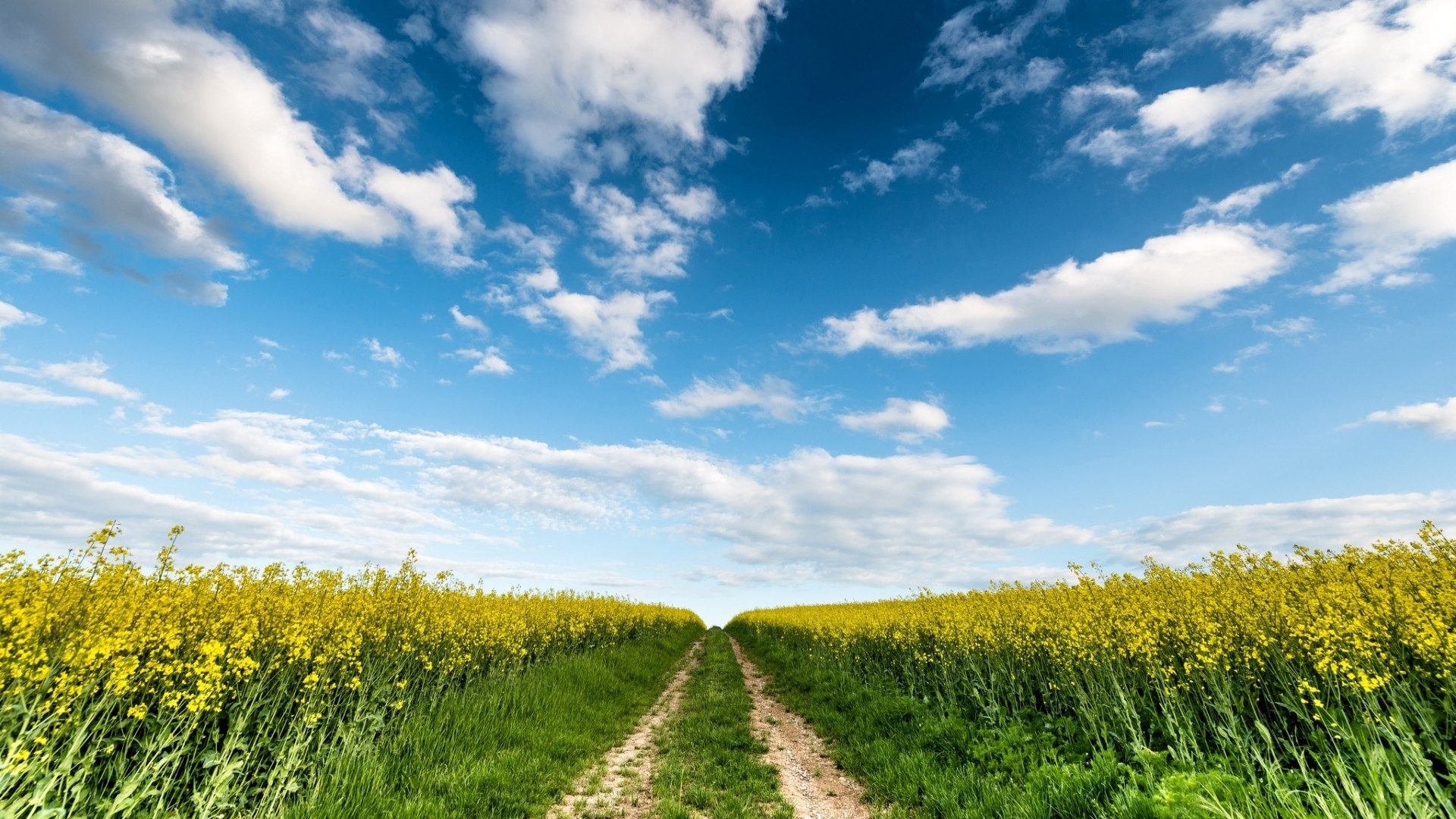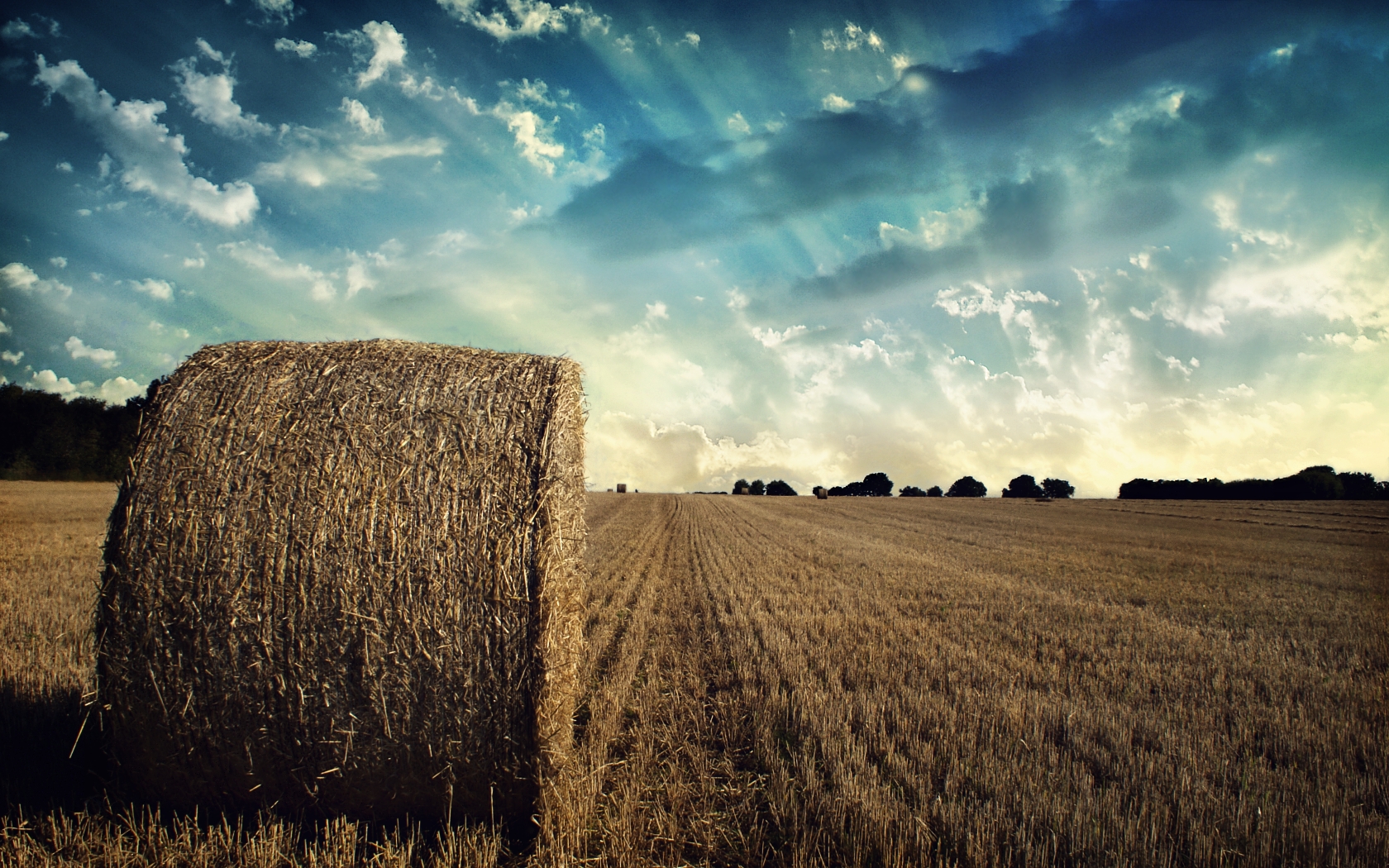Sustainable agriculture: the path to a better future

Sustainable agriculture and future
Sustainable agriculture is the only possible answer to the growing population on earth and the climate changes we are witnessing. In this article, we will look together at what this term means and what are the ways and solutions available to us to ensure that we increasingly support the development of this type of agriculture.
Contents
Sustainable agriculture: what do we mean?
What are the aims of sustainable agriculture?
Techniques and models of sustainable agriculture
New technologies as a driving force for change
Sustainable agriculture: what do we mean?
By sustainable agriculture, we mean a type of agriculture that prioritises respect for natural resources alongside human and economic resources.
According to the definition of Agricultural Sustainability Institute, sustainable agriculture can ensure the well-being of the world’s population and its need for food and textiles without harming the future generations that will inherit the world we live in.
What are the aims of sustainable agriculture?
Sustainable agriculture is based on an ethical economic model that is binding on all stakeholders and whose principles are to
- improve working and living conditions for producers. This supports the most disadvantaged through greater development opportunities
- raise consumer awareness of the mechanisms used for exploitation of land resources
It was the FAO – Food and Agriculture Organisation of the United Nations – that defined the 5 principles of sustainable agriculture that can help us understand the importance of this change within our society.
- Increase productivity, employment and added value in food systems with the aim of fostering a change in agricultural practices and processes to ensure global food supplies and reduce water and energy consumption
- Protect and enhance natural resources by promoting environmental conservation and reducing pollution of water sources and destruction of ecosystems
- Improve livelihood and promote inclusive economic growth
- Improve the resilience of people, communities and ecosystems with a view to minimising the impact of weather events due to climate change or market price variability
- Adapt governance to new challenges to ensure fairness and transparency at all levels (public and private)
In 2018, a document was published titled TRANSFORMING FOOD AND AGRICULTURE TO ACHIEVE THE SDGs which sets out the 20 actions needed in the field of agriculture to achieve the 17 sustainable development goals of the United Nations. These actions concern the practice of recycling and reuse, increasing the resilience of people and ecosystems against extreme climate events, protecting biodiversity as well as safeguarding farmers from an integrated perspective.
Techniques and models of sustainable agriculture
There are various agricultural models and techniques that can be applied in a sustainable way, but we must not fall into the trap of thinking that sustainable agriculture can be totally overlapped or identified with a specific model.
By sustainable agriculture we mean agriculture that is conservative and can make integrated use of the knowledge developed by each of these models.
1. Organic farming model
This is a production model that only allows the use of natural substances, avoiding over-exploitation of resources such as water, soil and air, in compliance with European Regulation EEC 2092/91.
Certified organic farms do not use synthetic chemicals (fertilisers, herbicides, fungicides, insecticides, pesticides), but use natural fertilisers and more traditional techniques such as crop rotation.
2. Biodynamic farming model
It was created with the aim of enriching the environment and improving food quality by preserving plant biodiversity.
Biodynamics is based on respect for the earth’s ecosystem, taking into account the lunar phases and the activation of life in the soil. It does not use chemical fertilisers or pesticides, but instead uses homeopathic doses of natural preparations to promote soil fertility and plant growth.
3. Solidarity-based farming model
Solidarity-based agriculture is a type of agriculture that respects people and the environment and is based on direct relationships of trust, reducing the distance between consumer and producer.
4. Permaculture
The term refers not only to a set of agricultural practices oriented towards the natural maintenance of soil fertility, but also to a design system that intertwines issues from architecture, economics, ecology, anthropology and legal systems.
The aim is to optimally and ethically design and manage landscapes to meet people’s needs in harmony with natural systems.
5. Ecovillages
These are communities whose ultimate goal is environmental sustainability and to achieve it they choose lifestyles that are different from those currently imposed by our socio-economic system.
Participation is voluntary and includes the design of housing units to minimise environmental impact, the use of renewable energy sources, food self-sufficiency based on permaculture or organic farming.
New technologies as a driving force for change

The digital technologies at our disposal are an indispensable factor on the road to a sustainable agricultural model. This is because today’s technological innovation is able to meet the need to collect and organise the data necessary to support analysis and decisions for the future of the sector.
Digitisation makes it possible to achieve maximum precision during processing with less waste and higher yields, through:
- calculation of resources to be dedicated to a specific crop and soil against water wastage
- forecasting risks related to certain crops to combat diseases, protect crops and moderate the use of fertilisers and herbicides
- traceability of the supply chain to monitor each step of the production process and ensure product quality
Producing more with fewer resources whilst maintaining superior quality standards: this is the ultimate goal of precision farming
This type of approach generates a two-fold advantage:
- for farming enterprises, which can optimise efforts and resources, reduce consumption and waste, and boost land productivity. The work becomes more profitable for farmers and contractors as the processes are managed more quickly and effectively leading to a drop in hourly costs.
- for the environment, given that there is a reduction in waste of fertilisers and herbicides, emissions and soil compaction thanks to a more rational use of resources.
Our technologies can do a lot to help you optimise your work: discover all the solutions available for your business.
It is very important to be aware of the several incentives made available by the government and regions, starting with European funding, which come to the aid of farmers to allow them to renew their machinery and invest in the purchase of new tractors and state-of-the-art technology, without neglecting the safety of their workers.
Find out why it is important to invest in precision farming by reading our dedicated article.
There are many incentives you can access, contact us for all further information.


